Explore the Writing Strategies
You choose how you want to learn, what you want to learn, and how long you can dedicate to learning. Find a writing strategy that meets the needs of the students in your classroom by using the filters on the left. Then, use the short descriptions under each strategy to help you decide which strategy with which to start. Finally, determine how much time you can dedicate right now. Have only a few minutes? Spark on the idea. Have about 15 minutes? Check out ignite. Excited for a 45-minute deep dive? You’re ready to launch!

Add, Remove, Move, Substitute (ARMS) Strategy
This is a revision strategy that breaks the process into four concrete actions: Add, Remove, Move, and Substitute. It helps students purposefully improve organization, clarity, and precision in all genres of writing.
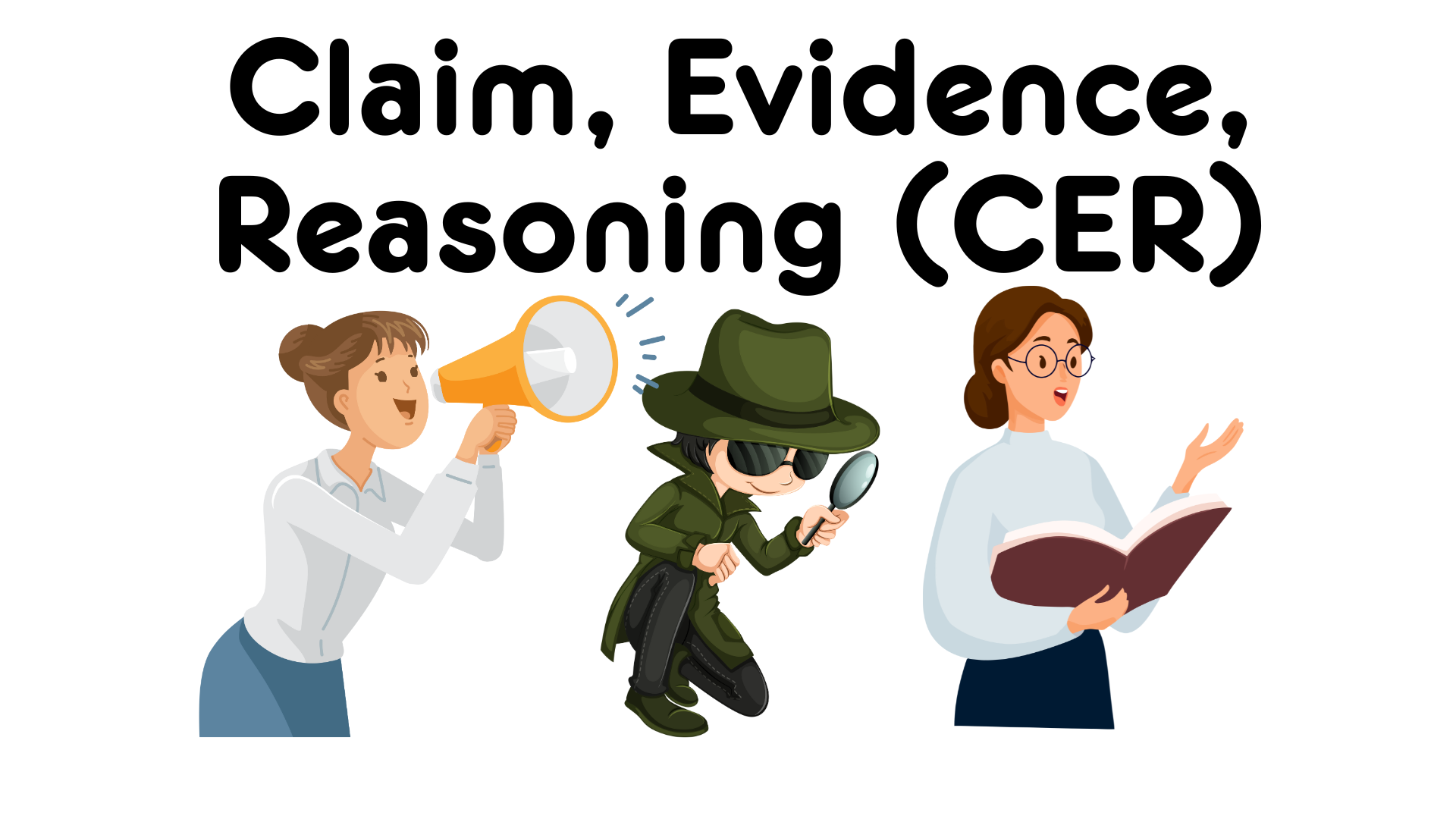
Claim, Evidence, Reasoning (CER) Strategy
CER gives students a clear structure for writing persuasive or argumentative explanations by guiding them to make a claim, back it up with evidence, and explain the reasoning that connects the two.

Compare Diagnose Operate (CDO) Strategy
CDO is a structured, sentence-level revision and editing strategy that guides students to evaluate their writing for clarity and coherence by prompting them to compare what they meant to say with what they actually wrote.
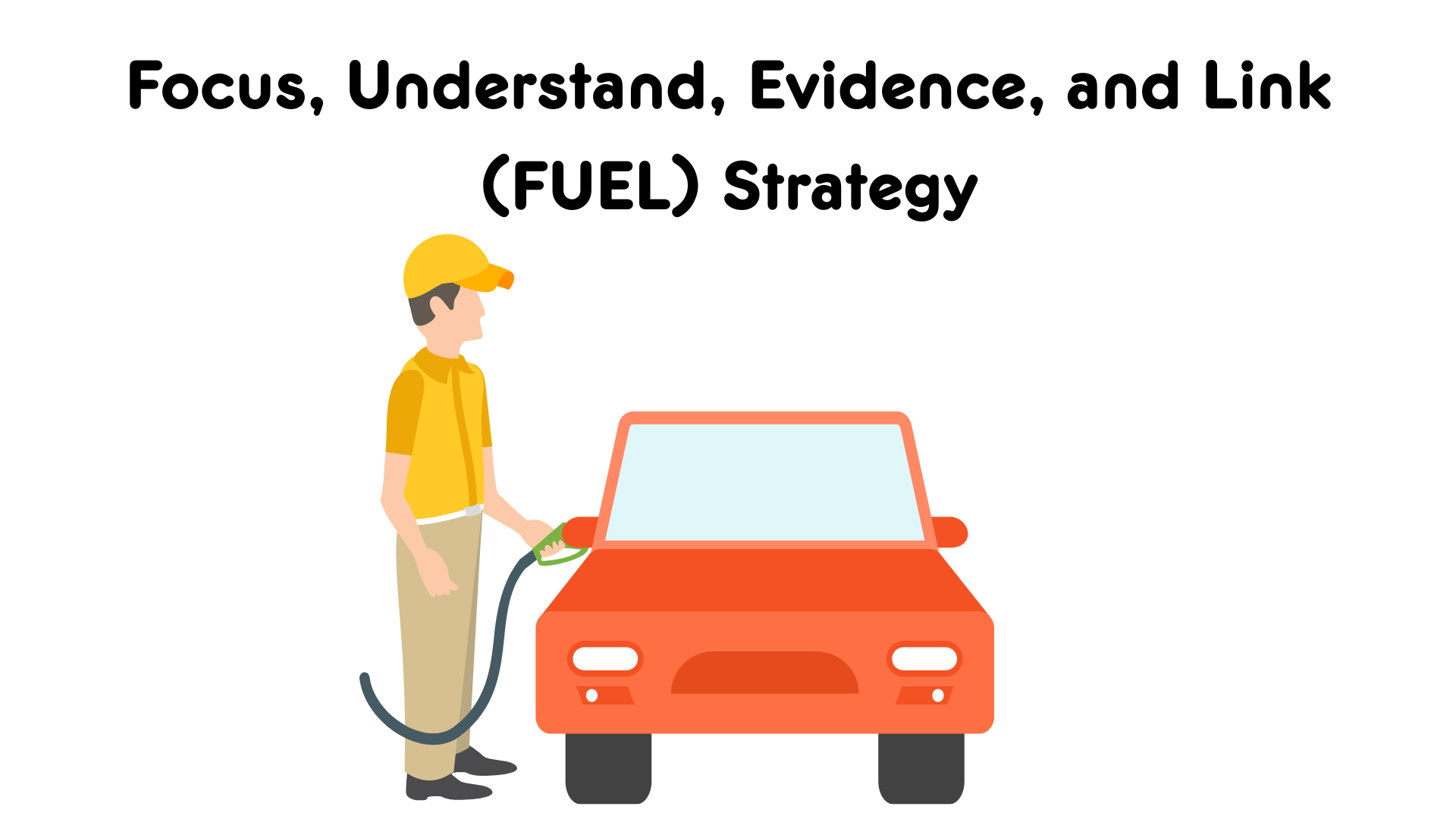
Fact, Understanding, Evidence, Link (FUEL) Strategy
FUEL is a writing strategy that supports informational and argumentative writing by guiding students through four components to build clear, organized paragraphs, which include writing a topic sentence, explaining their thinking, supporting with evidence, and creating a logical conclusion.

Hamburger Strategy
This strategy offers a concrete, visual metaphor for students in Grades 2-6 to plan and evaluate their paragraph structure by mapping the main idea (top bun), supporting details (fillings), and conclusion (bottom bun).

Pick Ideas, Organize, Write and Say More (POW) Strategy
POW is a foundational SRSD planning strategy that helps students brainstorm and organize their ideas before drafting and serves as a simple, versatile starting point for more complex strategies.

Pick, List, Evaluate, Activate, Supply, End (PLEASE) Strategy
PLEASE is a planning and drafting strategy designed for informative and expository writing to help students effectively plan and organize a paragraph through clear, step-by-step tasks, including incorporating self-regulation techniques like goal setting.
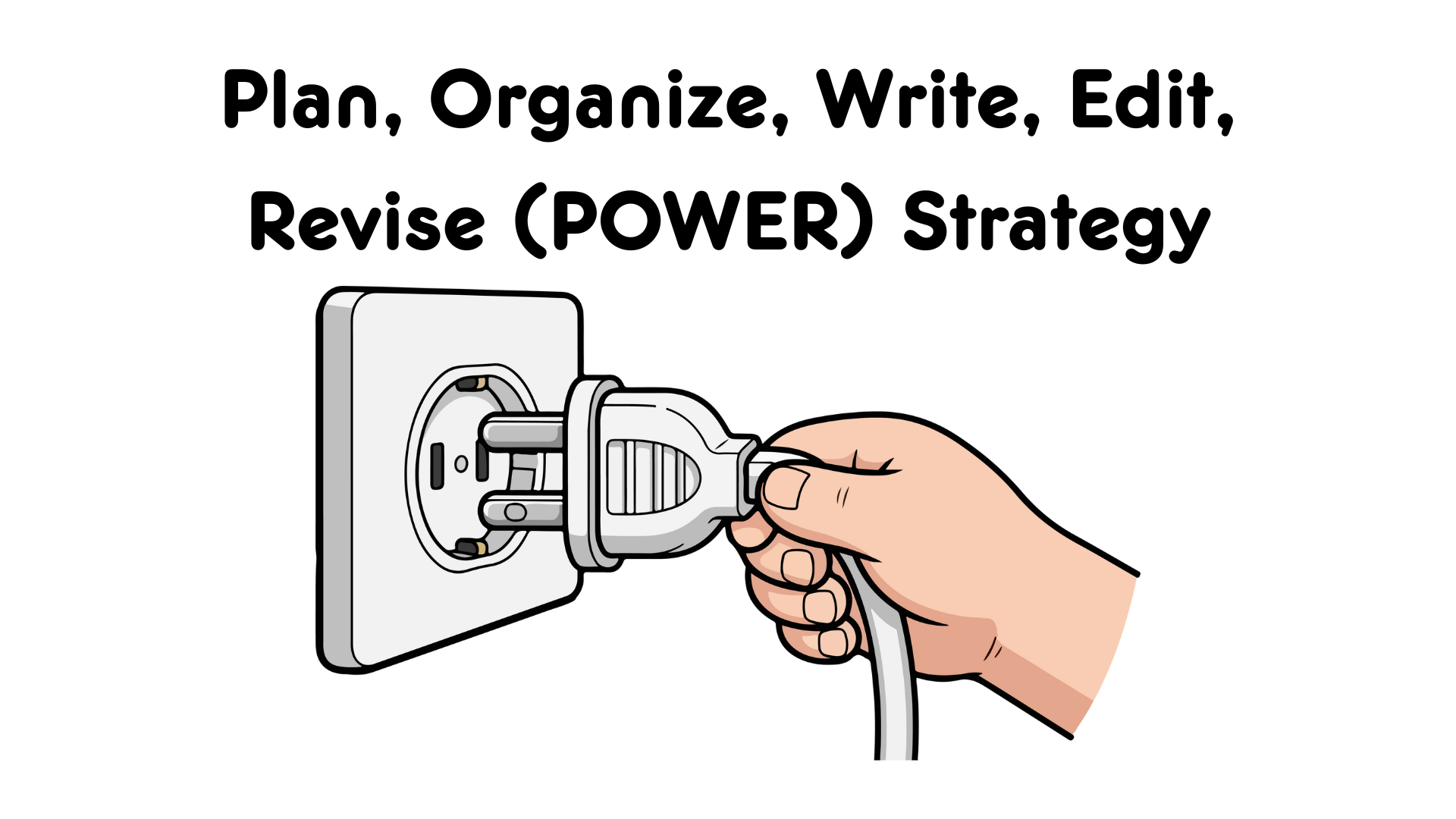
Plan, Organize, Write, Edit, Revise (POWER) Strategy
POWER is a structured strategy that helps students in Grades 6-12 approach the writing process in a manageable way by breaking it into five steps that reinforce planning, organization, drafting, editing, and revising.

Preview, List, Assign numbers, Note, Search (PLANS) Strategy
PLANS is a step-by-step strategy for informational and expository writing that helps students organize their thinking before drafting by previewing goals, listing main ideas with the FRAME organizer, assigning an order, noting ideas in full sentences, and searching for errors.
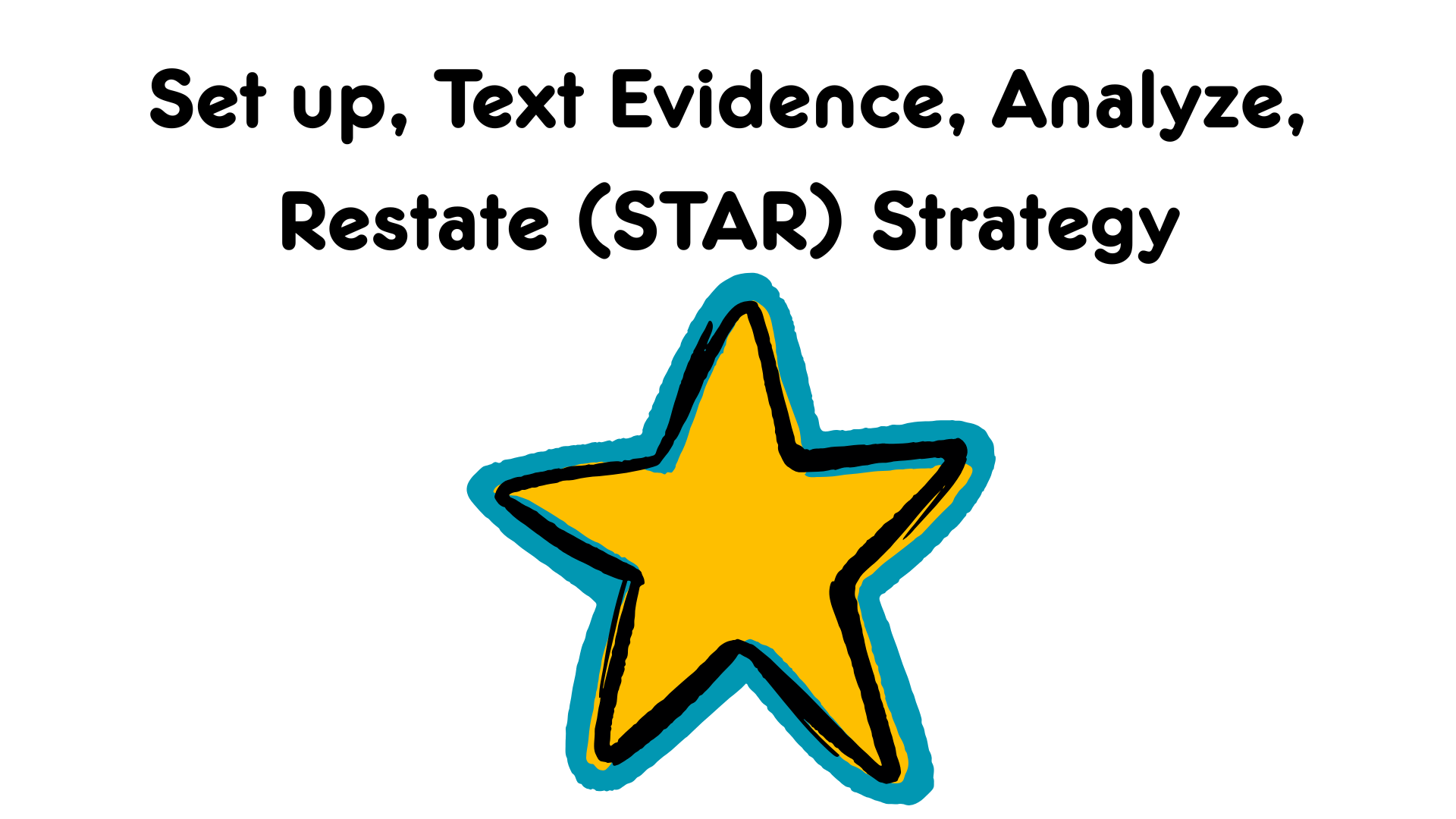
Set up, Text Evidence, Analyze, Restate (STAR) Strategy
This strategy helps students in upper elementary and middle school craft focused, evidence-based responses by providing a clear structure to organize their thinking, incorporate relevant text evidence, and analyze how that evidence supports their answer.

Topic, Important, Detailed, Ending (TIDE) Strategy
TIDE is a practical strategy for planning and writing informative or expository paragraphs by giving students a clear, repeatable framework for organizing their ideas and making their writing structured and easy to follow.
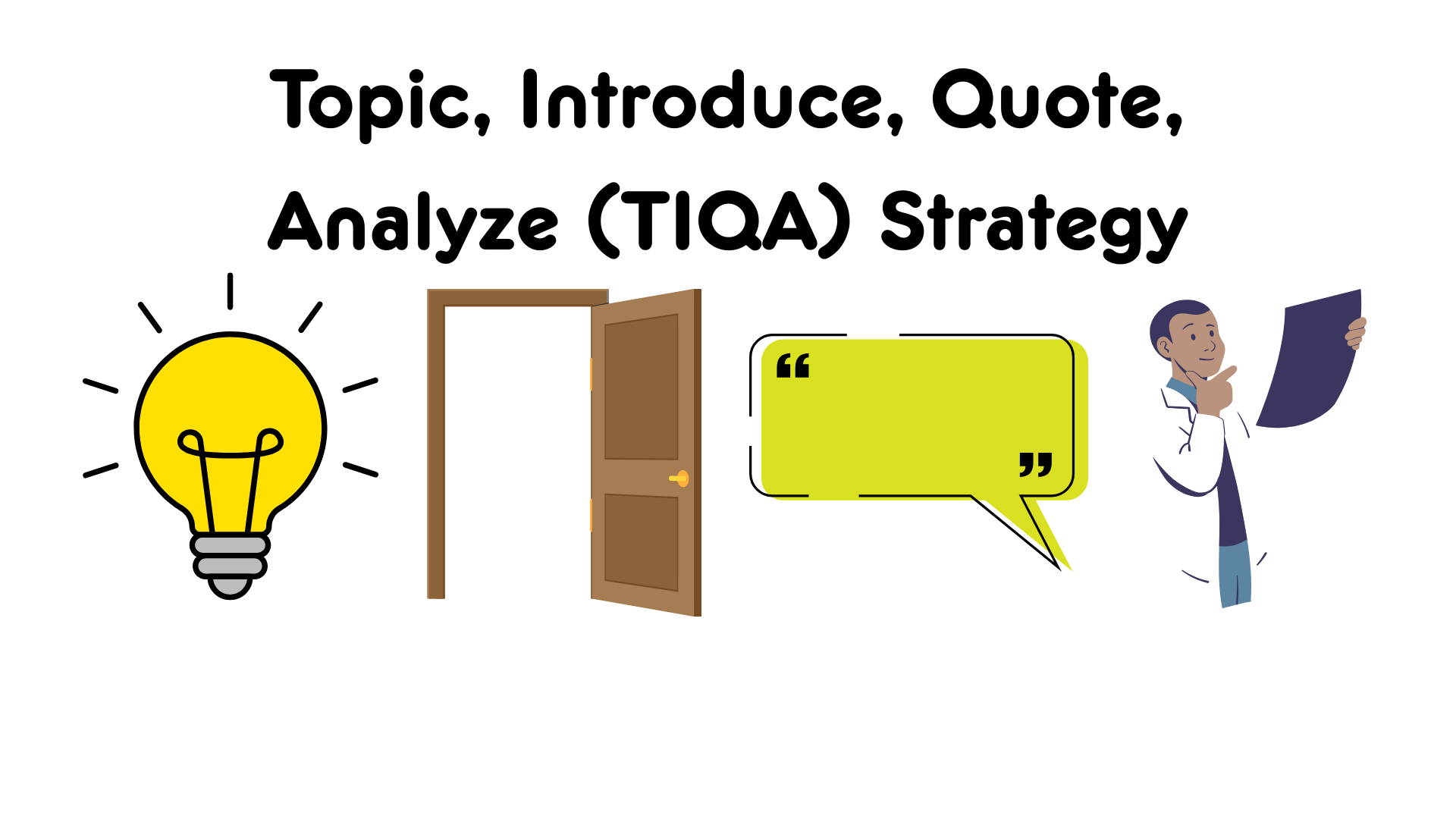
Topic, Introduce, Quote, Analyze (TIQA) Strategy
TIQA is a straightforward strategy for informational writing and literary analysis that guides students through four key components to build strong, focused, text-based paragraphs: Topic sentence, Introduction of evidence, Quotation, and Analysis.
